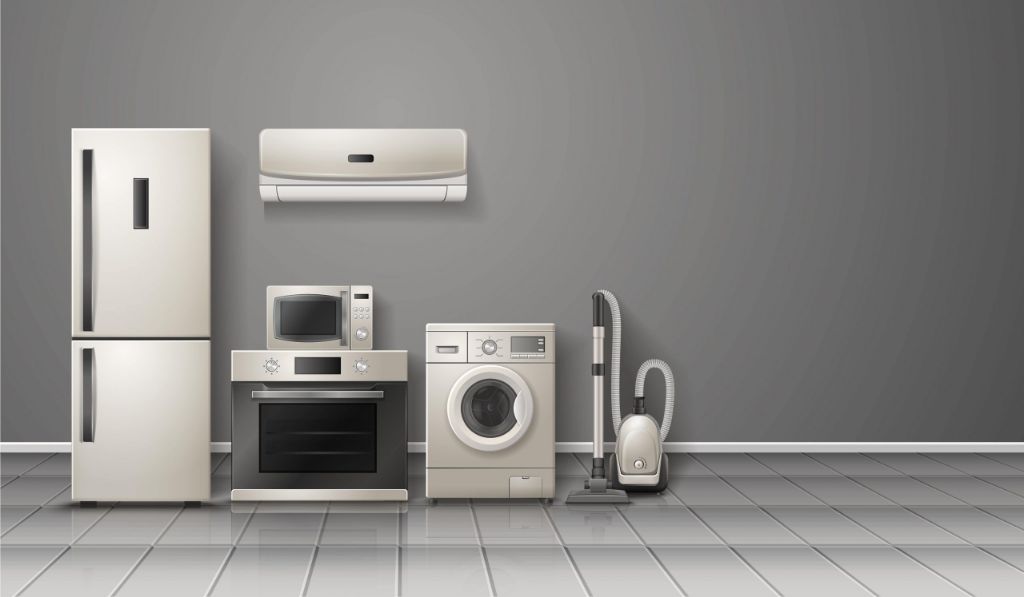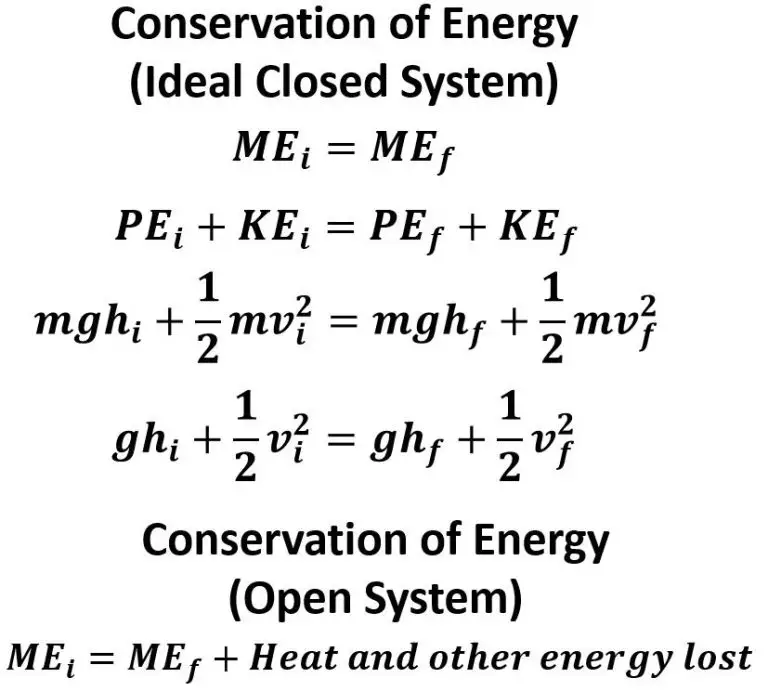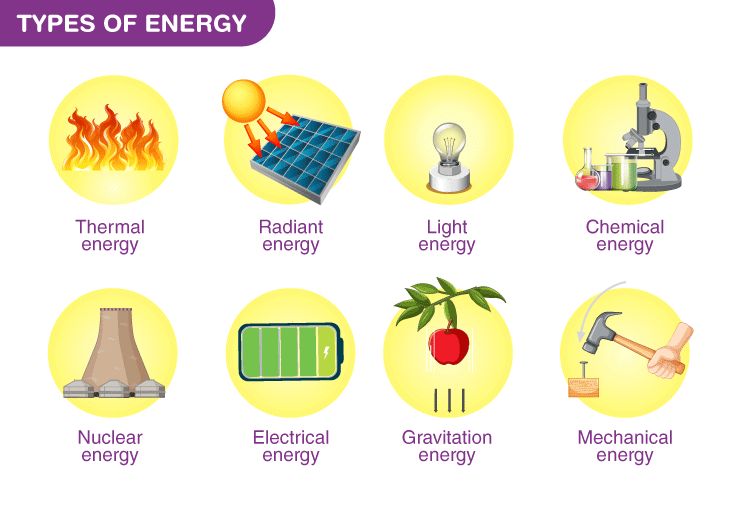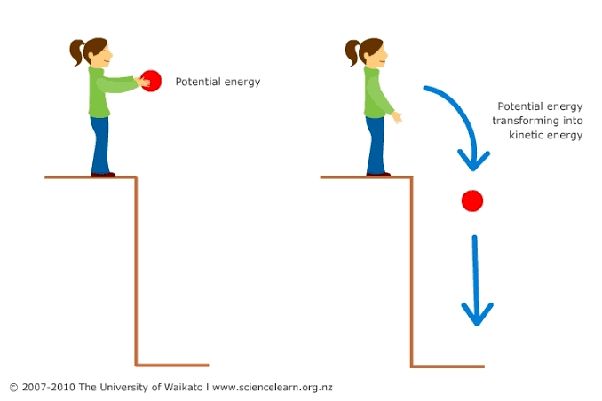What Is Something Associated With Electricity?
Electricity is a form of energy resulting from the existence of charged particles like electrons or protons, which allow it to flow through conductive materials like metals and produce light, heat, and power. Although static electricity was known to ancient civilizations, the principles of generating and harnessing electricity were not well understood until the 18th and 19th centuries with pioneering work by scientists like Alessandro Volta, Michael Faraday, and Thomas Edison.
Today, electricity is an essential part of modern society that powers our homes, businesses, and industries. It provides illumination, heating, cooling, and energy for appliances, machinery, and digital devices. Developed countries use thousands of terawatt hours of electricity per year for everyday life and economic activity. The widespread availability of electricity in the 20th century revolutionized areas like manufacturing, transportation, medicine, and communications.
Going forward, electricity will continue to enable emerging technologies and help raise standards of living globally. However, increased electricity production through fossil fuels contributes to climate change. So the world faces the challenge of transitioning to renewable energy sources like solar and wind while still meeting the growing demand for affordable and reliable electricity.
Generating Electricity
Electricity can be generated from a variety of energy sources. Here are some of the main methods used today:
Solar Power
Solar panels convert energy from the sun into electricity using the photovoltaic effect. Large solar farms can generate electricity on a utility scale, while rooftop solar panels allow homes and businesses to generate their own electricity.
Wind Power
Wind turbines use the kinetic energy of wind to spin large blades connected to a generator that converts the mechanical energy into electrical energy. Wind farms consist of many individual wind turbines and generate clean renewable electricity.
Hydropower
Flowing water from dams and rivers can spin turbines attached to generators to produce hydroelectric power. This is one of the oldest and most widely used forms of renewable electricity generation globally.
Fossil Fuels
Non-renewable energy sources like coal, natural gas, and oil can be burned to heat water, produce steam, and spin turbines to generate electricity. However, fossil fuel plants produce air pollution and greenhouse gases.
Transmitting Electricity
Electricity is transmitted from power plants to homes and businesses through power grids and distribution networks. Power grids consist of high-voltage transmission lines that carry electricity over long distances. Step-up transformers located at power plants increase the electricity’s voltage for more efficient long-distance transmission. Step-down transformers then reduce the voltage for safe use in homes and businesses.
Most power grids transmit electricity as alternating current (AC). AC allows voltage to be increased or decreased easily with transformers. This makes it ideal for efficient long-distance transmission. Direct current (DC) electricity is used for some point-to-point transmission via high-voltage direct current (HVDC) lines. HVDC lines are more expensive but suffer lower power losses over very long distances.
Utility companies carefully monitor and control the electricity flow through power grids to match supply with demand. Outages can occur when there is an imbalance due to issues like power plant failures, damaged transmission lines, or severe weather. Smart grids utilize digital communications technology and automation to detect problems and re-route electricity more quickly and efficiently.
Measuring Electricity
Electricity is measured in several key units, including volts, amps, and watts. Understanding these units is important for both electricity producers and consumers.
Volts (V) measure electrical potential difference or voltage, similar to how water pressure is measured. For example, U.S. wall outlets provide 120V electricity.
Amps (A) measure electric current or flow rate. Using the water analogy, amps are like the volume of water flowing. Devices have an amperage rating for the amount of current they draw.
Watts (W) measure electric power, combining volts and amps. For example, a 60W light bulb draws 0.5A of current from 120V power lines. Watts reflect how much electricity a device consumes over time.
Other units like kilowatt-hours (kWh), megawatts (MW), and gigawatts (GW) measure larger amounts of power usage. Understanding electricity measurements allows matching power production and consumption for homes, businesses, and the electrical grid.
Electrical Safety
Electricity can be dangerous if not handled properly. Here are some tips for staying safe around electricity:
Avoiding Shocks
To avoid being shocked:
- Never put your finger or anything conductive in an electrical outlet
- Don’t overload outlets with too many appliances
- Immediately unplug and stop using appliances that spark, smoke or shock you
- Keep electrical appliances away from water
- Wear rubber-soled shoes to reduce chance of shock
Proper Grounding
Appliances and wiring should be properly grounded to redirect electricity in the event of a short circuit or overload. Improper grounding can lead to shocks. Hire an electrician to ensure grounding is up to code.
Use GFCIs
Install ground fault circuit interrupters (GFCIs) in areas where water may contact electrical devices, like kitchens, bathrooms and outdoors. GFCIs shut off power when an abnormal current is detected, preventing serious shocks.
Everyday Uses
Electricity powers many of the appliances, devices, and systems we rely on in our everyday lives at home and work:
Major Appliances

Major home appliances like refrigerators, freezers, washing machines, dryers, dishwashers, ovens, cooktops, and air conditioners all run on electricity. These large devices have high energy demands and use the most electricity in a typical household after heating and cooling systems. Many now include energy-efficiency features and smart capabilities.
Electronics
We also depend on many small electronics daily to communicate, work, study, and be entertained. These include computers, routers, modems, televisions, gaming systems, and mobile devices that require battery charging or a power connection to function.
Lighting
Artificial lighting – from incandescent and LED bulbs to fluorescent tubes – enables us to illuminate homes and workplaces day or night. Many innovative intelligent lighting systems now allow for better control and automation.
Heating and Cooling
Finally, electricity enables us to achieve and maintain comfortable indoor temperatures using air conditioners, heat pumps, electric furnaces, space heaters, fans and more. Thermostats help regulate heating and cooling operation based on settings.
Industrial & Commercial Uses
Electricity powers a wide range of industrial and commercial operations, from heavy manufacturing machinery to large office buildings. Some key uses include:
Electric Motors
Motors convert electrical energy into mechanical motion to drive pumps, fans, conveyors, compressors and more. They enable automation and improve efficiency in factories and warehouses. Common types are AC and DC motors up to thousands of horsepower.
Industrial Machinery
Electricity allows precise control over tools like CNC machines, welders, metal cutters, injection molding machines and more. Computerized controls and servomotors boost precision and output.
Commercial and Office Lighting
Modern LED and fluorescent lighting provides bright, uniform light for offices, retail stores, schools and hospitals. Automated controls tailor lighting levels to occupancy and daylight.
Electricity Storage
Storing electricity is crucial for balancing supply and demand, supporting renewable energy, and providing backup during outages. There are several key methods for electricity storage:
Batteries
Batteries store chemical energy and convert it to electrical energy on demand. Common battery types used for grid energy storage include lithium-ion and lead-acid. Batteries provide short-term storage and grid stabilization services.
Capacitors
Capacitors store electric charge on conductive plates for rapid uptake and release of energy. They have a longer lifetime than batteries but lower energy density. Capacitors are often used for frequency regulation and other ancillary grid services.
Pumped Hydro Storage
Pumped hydro facilities pump water uphill to a reservoir during times of excess electricity generation, then release the water through turbines to generate hydroelectricity during periods of high demand. Pumped hydro provides economical large-scale energy storage.
Compressed Air Energy Storage
Compressed air storage facilities use excess electricity to compress air in underground caverns. The pressurized air is then heated and expanded through turbines when electricity is needed. This is one of the lowest-cost bulk energy storage technologies.
Electricity Consumption
Electricity consumption refers to the amount of electrical power used over a given period of time. Globally, electricity consumption has risen rapidly over the past few decades. As populations grow, economies develop and standards of living improve, demand for electricity increases.
According to the International Energy Agency (IEA), global electricity consumption in 2018 reached over 22,315 TWh (terawatt hours), representing a growth of 4% from the previous year. This growth was driven largely by developing countries like China and India. China alone accounts for over 25% of total global electricity consumption. In developed countries like the US and Europe, growth in energy demand has remained relatively flat.
Electricity consumption per capita also varies significantly from country to country. The US has one of the highest rates of per capita consumption in the world at over 12,000 kWh per person annually. This is over 25 times higher than consumption per capita in a developing country like India which stands at only about 550 kWh per person. Variations in electricity consumption depend on factors like climate, demographics, and level of development.
As renewable energy expands as a share of the total global energy mix, electricity is expected to play an even greater role in the coming decades across sectors like transportation, buildings, and industry. Forecasts project that global demand for electricity will grow by over 2.1% per year through 2040, with countries like India and Africa seeing some of the highest rates of growth.
Future of Electricity
As our world becomes increasingly electrified, improving the efficiency, sustainability and reliability of electricity systems is a high priority. Significant innovations that shape the future of electricity include:
Improving Efficiency
From power generation to transmission and end use, energy efficiency improvements will be key. Advances in materials, electronics and automation enable smarter energy use and less waste across the grid.
New Generation Methods
Renewable energy sources such as solar, wind and geothermal will play a bigger role. New nuclear reactor designs offer enhanced safety and less waste. Alternatives like hydrogen and biomass generation are also being researched.
Smart Grids
Sophisticated sensors, digital communication, data analytics and control automation will transform electric grids into intelligent, self-monitoring and self-healing networks. Smart grids maximize reliability and efficiency.





